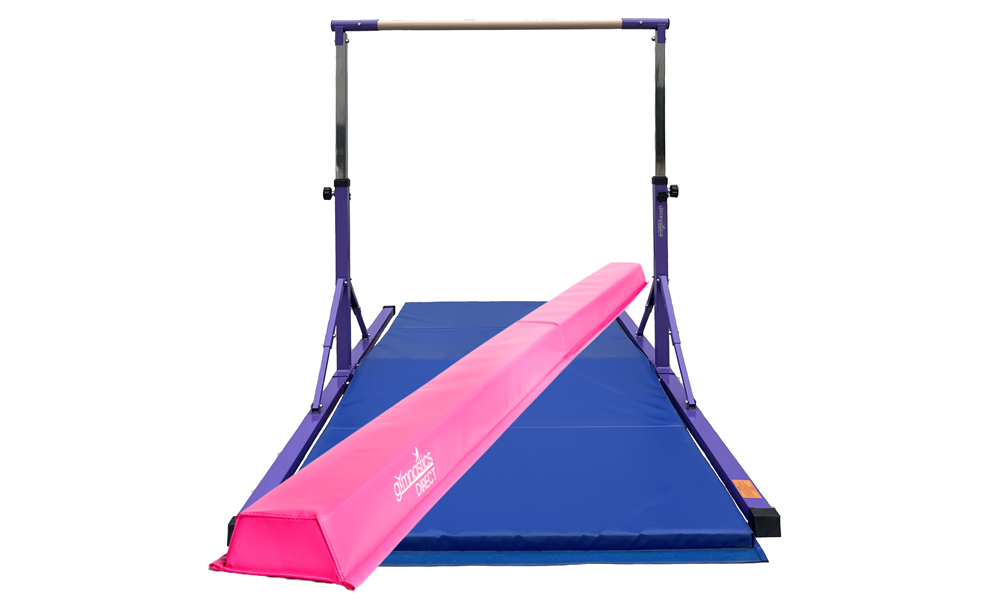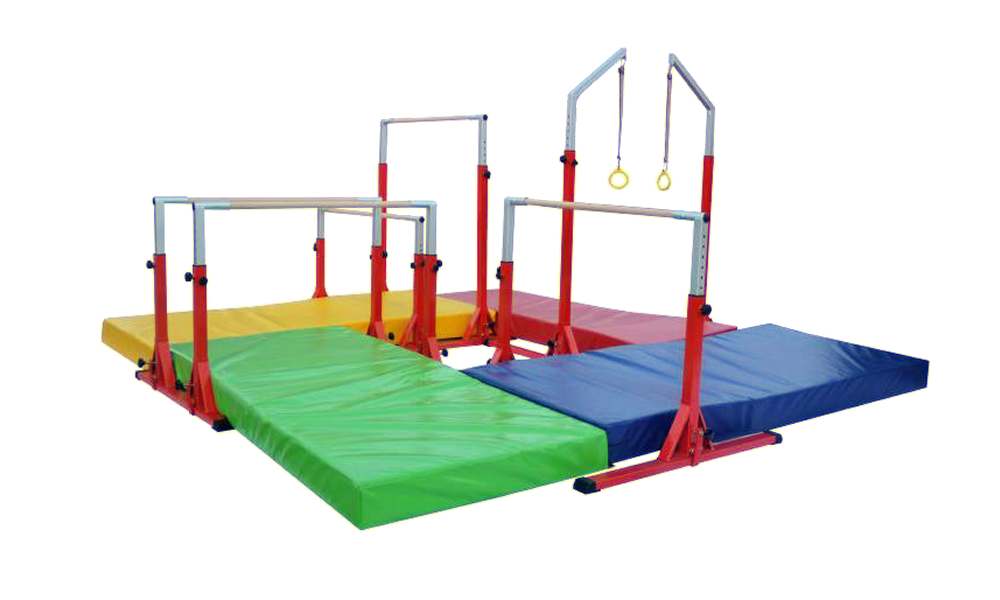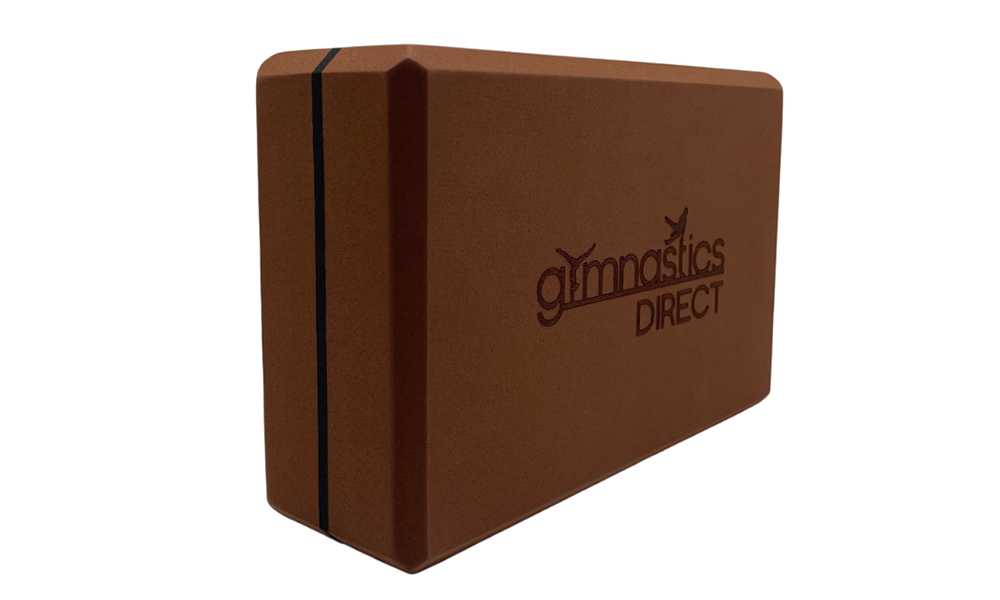Injury Prevention for Knee Pain with Dani Davey
August 04, 2022 2 min read

Did you know that our legs can experience 4-17x our body weight when we are tumbling or coming down from working on an apparatus? This is why it's important to ensure that we monitor this part of the body, most especially our knees when participating in high-impact sports like gymnastics.
For the final series of our injury prevention with Physiotherapist Dani Davey, we take a look at pain in the front of the knee. In gymnasts, there are two common injuries that can occur. These include:
- Osgood Schlatter’s: “growing” pains, found below the kneecap, on the bony bump.
- Patellofemoral Pain: the broad term for any mechanical pain around the kneecap (patella).
There are many ways to help reduce the risk of these types of pain from occurring and they can also be treated by your family's physio. Shock absorbing well is key to this but so is our landing position!
Today's tips are to:
- Optimise your landing position.
- Practice the position.
The traditional position that was used to teach gymnasts to land has changed in recent years, as sports medicine and our knowledge of the body have improved. Let’s look at the landing position from the front first:
| Traditional Landing | Optimal Landing |
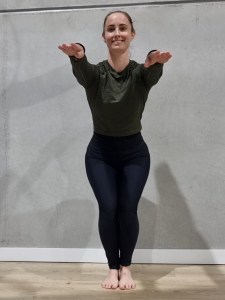 |
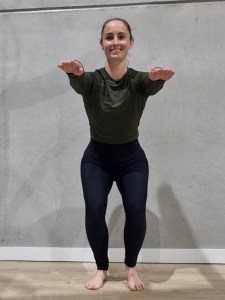 |
|
Knees and feet together. We used to think having the legs braced against each other gave them more stability. Try this with your eyes closed- it’s pretty wobbly! |
Now try with feet and knees hip-width apart. Much more stable! This means we are more likely to “stick” a landing and not put as much pressure on the knees. |
Now from the side:
| Traditional Landing | Optimal Landing |
 |
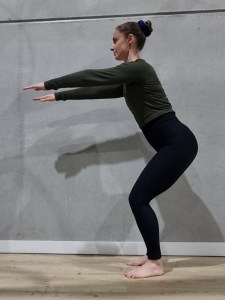 |
| We used to think landing with a vertical spine was ideal. The knees shift forward in this position and there is a lot of pressure on the front of them. | Instead, try a “triple fold” position, where the body angles forward, with the bottom sitting back a little. Now the load is shared with the hips. Can you feel your glutes working more? These are big muscles, so let’s use them! |
Now that you’ve optimised your landing position - keep on practising! Doing good quality squats helps strengthen your muscles to support your knees and also helps to create a new motor pattern so that your new landing position becomes more automatic.
Check out this video for a more in-depth explanation!
Check out Dani's other blogs on injury prevention for the lower back, the wrists and the Achilles tendon! If you have any questions, comment down below.
**Disclaimer: this blog is for educational purposes only and is not medical advice. If you have any pain or are experiencing any injuries, you should see a health care provider.**
Leave a comment
Also in Advice for Gymnasts
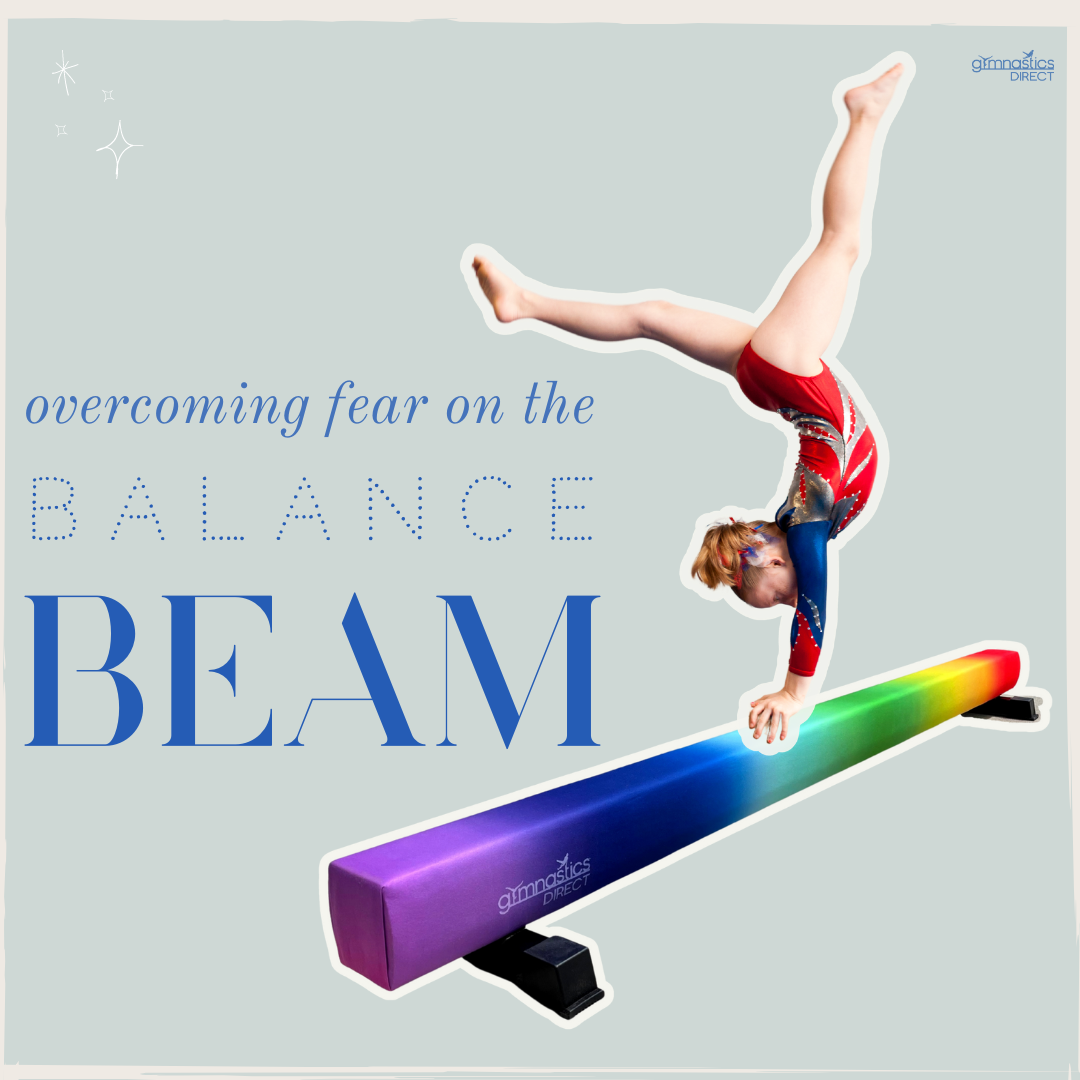
Overcoming fear on the Balance Beam
March 24, 2024 2 min read

Best Gymnastics Equipment for Beginners
January 09, 2024 3 min read 2 Comments


